The dissertation results chapter is one of the two most essential sections of your work (the second one is Discussion). It justifies your research. And it is usually the most interesting part of the reading. There you offer your readers the new information with patterns discovered by you. This part proves you as a mature researcher.
However, writing this section is also among the most challenging tasks. You have to share a lot of data, and it is crucial to organize it in the right manner. Your audience should be able to understand all the metrics, values, patterns, and their comparisons if there are any. In this article, we’ll share some useful tips on making the most precise and exciting Results section of the dissertation.
Writing The Dissertation Results Chapter – the Necessary Steps and Recommendations
The dissertation results section is often the largest one. It includes the information collected by the research – there can be loads of data, various stats, visual aids, etc. The first thing to note here is that not all of the data may be in the dissertation.
- Start by reviewing the official guidelines. Check the requirements for the length of the content and all other limitations. Different schools may set specific demands for the chapter, so be careful. If anything seems vague, consult your tutor at the earliest opportunity and dispel your concerns.
- Sort the data you have. There is a temptation to include everything in the chapter, but you should evaluate the information first. Each research result must match the method from the Methodology section. If not – you should either add the method to the section or exclude the research result. Then, each result must relate to the research question and answer it. If any piece seems irrelevant, exclude it.
- Order the results by criteria. The most popular types are chronological order or order by the method. It also depends on the type of research – quantitative or qualitative. Quantitative research results mostly come from statistical analysis. Qualitative research results relate to the specific topics and themes you revealed by analyzing the data.
- Organize your results in written format. You can start with a brief reminder of the type of research – the name and a very short description. Then, summarize each research result – the means, the variables, and the statistics. Finalize this “result set” with the statement of how it supports or opposes your hypothesis. Note that you should not exclude negative research results – you need to present both those data that support your initial thesis and contradict it. In the Discussion section, you’ll be able to explore and interpret these results after the research.
- Prepare tables and charts for the dissertation. They help you and the readers define the trends, comparisons, and their dependence on specific conditions. When you work with these elements, it is essential to keep the balance between the text and such visual aids. There should not be bunches of graphs or tables – it is unclear and not informative. Provide the text summary and a figure/graph/table with the data completing that statement. That visual must not repeat the information already stated in the text – it should add to it and provide a deeper view.
- Mark the tables and figures. Each such element must have a title and a number in consecutive order. It is also important to ensure consistency in all elements – use the same types of figures and graphs, color schemes, etc. It creates an overall neat and professional look.
The final stage is always the revision and editing of the result of the research. When you have a ready draft of the section, review all information, and track any errors, vague descriptions, and mistakes of any other kind. Make sure to have a good rest before revising this section, as a tired eye can miss problems. Note that you should write this section in the past tense, so track all grammar mismatches.
You can also turn for help to other people – order professional editing from the dissertation writing service. This way, you can guarantee flawless content with a clear message and a perfect layout of all elements.
Cope with Writing Dissertation Results Section As an Expert!
The task of writing the results section dissertation after the research is sophisticated and demanding. However, with our help, you can be sure to present your findings and do yourself justice. The fresh and reliable data you collected during the research is the best foundation. Your analysis provides you with valuable information and lets you make grounded conclusions. The rest is the organization of those materials, and you only should follow our guidelines.


